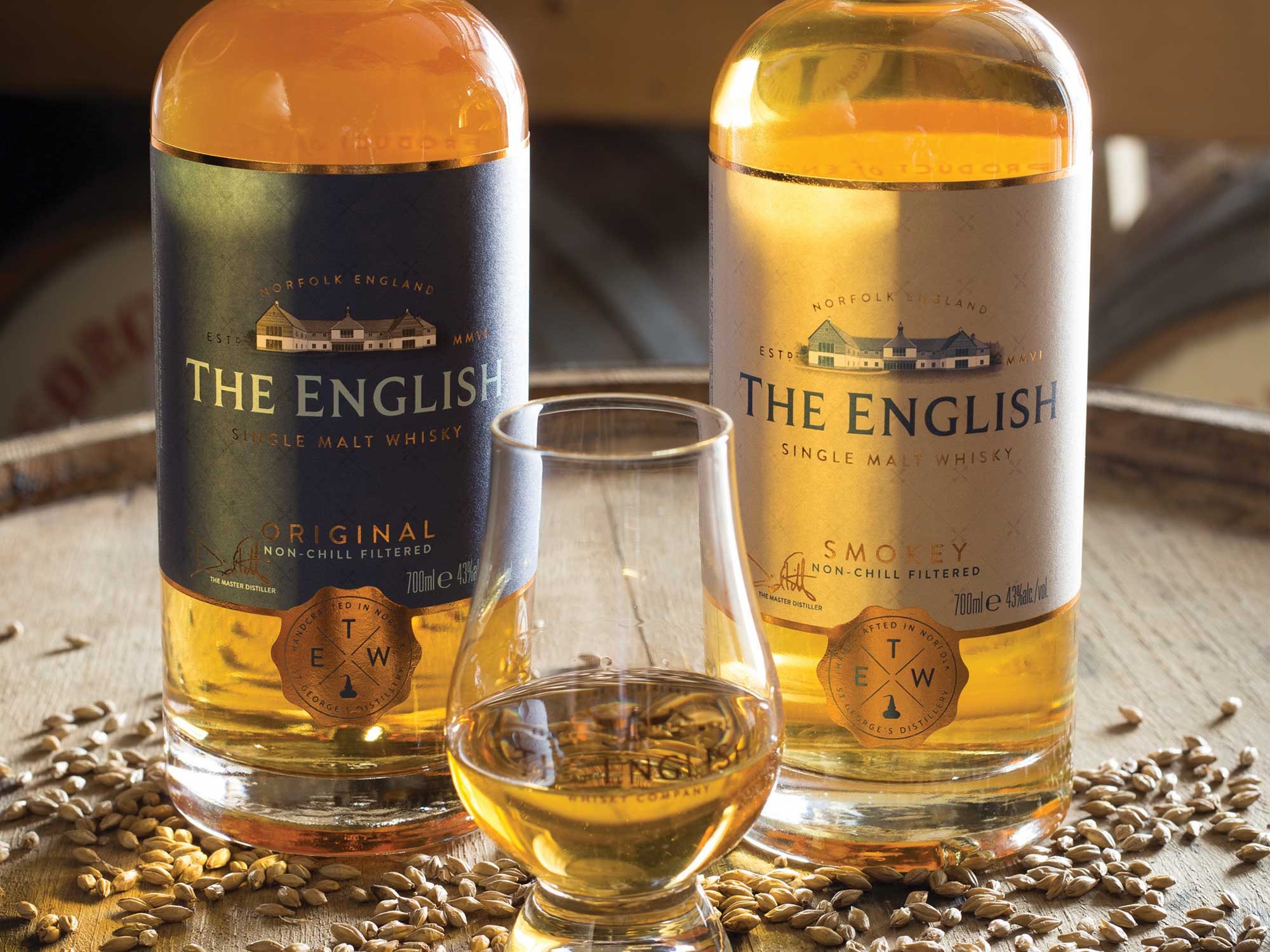
Raising a glass to the best whisky in Europe...
In the heart of Norfolk, the Nelstrop family produces award-winning whisky and supplies it to 23 countries across the world – and tours to the local distillery have become an increasingly popular attraction.
In 2006, St. George’s Distillery was built in Roudham and became the first whisky distillery in England for over 120 years. It was the vision of the Nelstrop family to produce the very finest English single malt whisky, and they’ve certainly achieved that – and a lot more besides.
The English Whisky Company (which is based at the distillery) has been responsible for producing the Best Whisky in Europe according to Jim Murray’s Whisky Bible (the world’s leading authority, no less) in 2015, 2016, 2018 and 2019.
Other awards received include a gold medal for their whisky The English: Original and a silver medal for The English: Smokey, both of which were awarded at the San Francisco World Spirits Competition 2017.
Around 150,000 bottles of whisky are produced a year at the Norfolk distillery, and the annual turnover of visitors has reached around 85,000 – with people coming from all over the world to learn about the production of English whisky and to sample some in the process. The distillery sits on ten acres of land where guests can take a stroll over to a beautiful river, and there’s a delightful restaurant and coffee house on site, named The Kitchen, where visitors can enjoy delicious brunches, lunches, afternoon tea or a simple coffee and cake. There’s also a shop that sells a wide selection of whiskies from all over the world – including the distillery’s own extensive (and highly-acclaimed) English Whisky range.
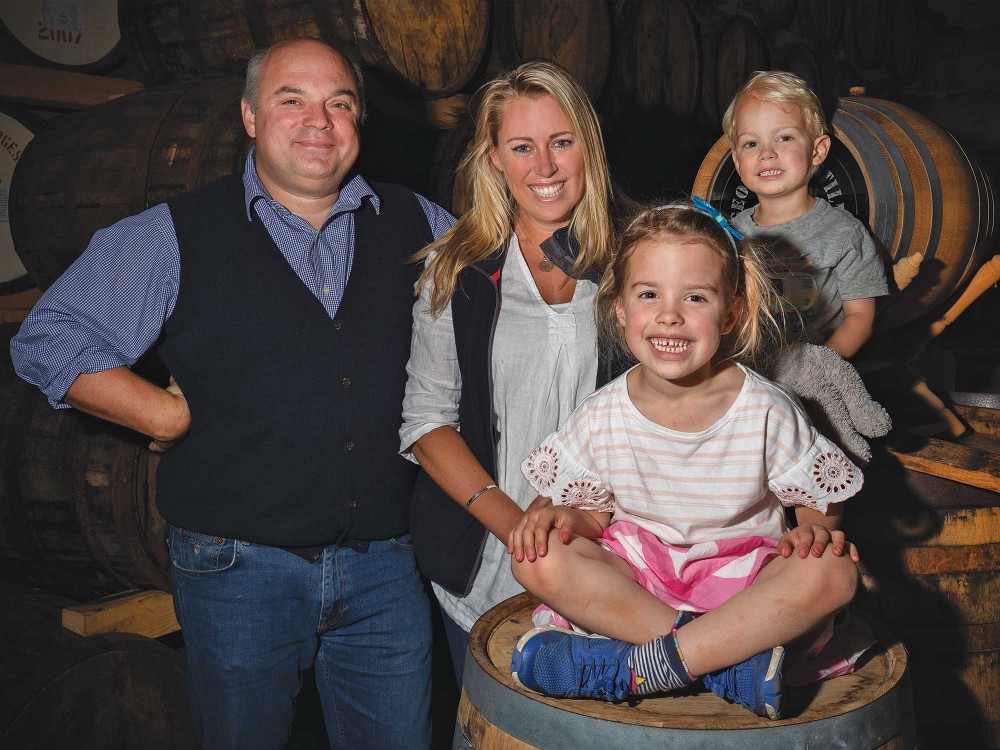
Moving to Norfolk was perfect because it’s ideal for growing barley – it has the right climate and the right soils.
“We have lots of visitors to the distillery, but we wanted to create a chilled environment for guests of all kinds, which is why we introduced The Kitchen,” says Andrew Nelstrop, Managing Director of The English Whisky Company. “Some people do the tour of the distillery and then enjoy a walk to the river, followed by lunch and spend a full day here, whilst others may simply come just for a coffee – but everyone’s welcome!”
St. George’s Distillery sits on the very farm that Andrew grew up on. It was bought by his father James Nelstrop in 1976 to grow barley. In fact, the Nelstrop family have a 600-year-old tradition of growing and processing grain.
“As a family we know an awful lot about barley,” says Andrew. “Moving to Norfolk was perfect because it’s ideal for growing barley – it has the right climate and the right soils.”
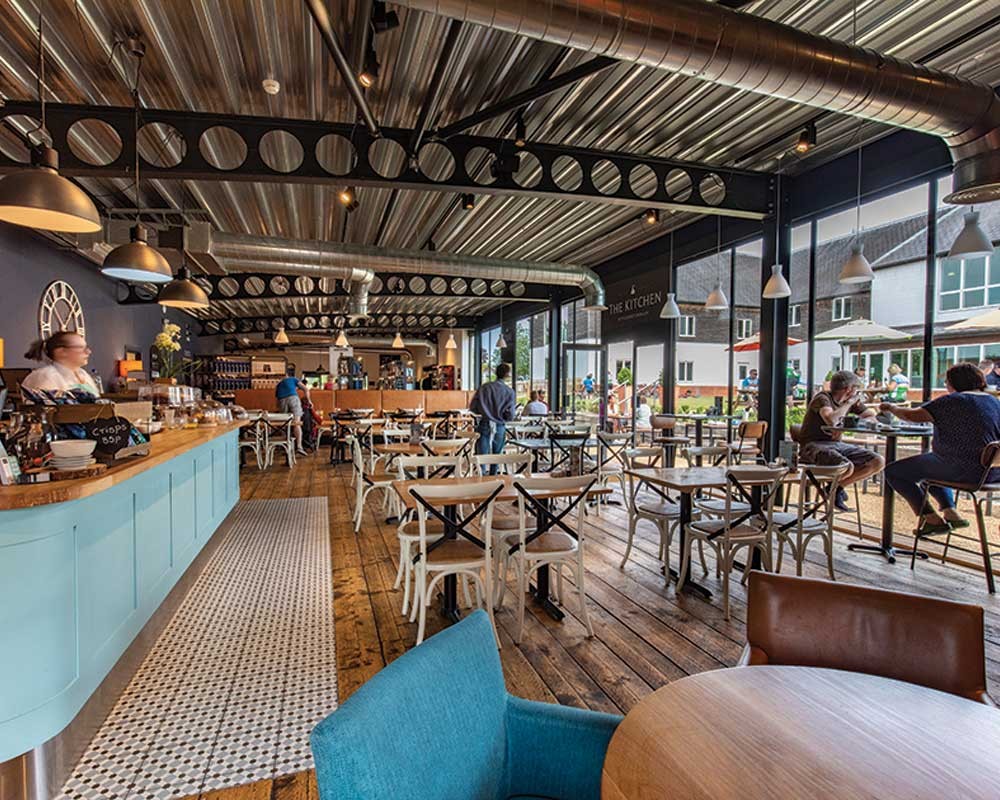
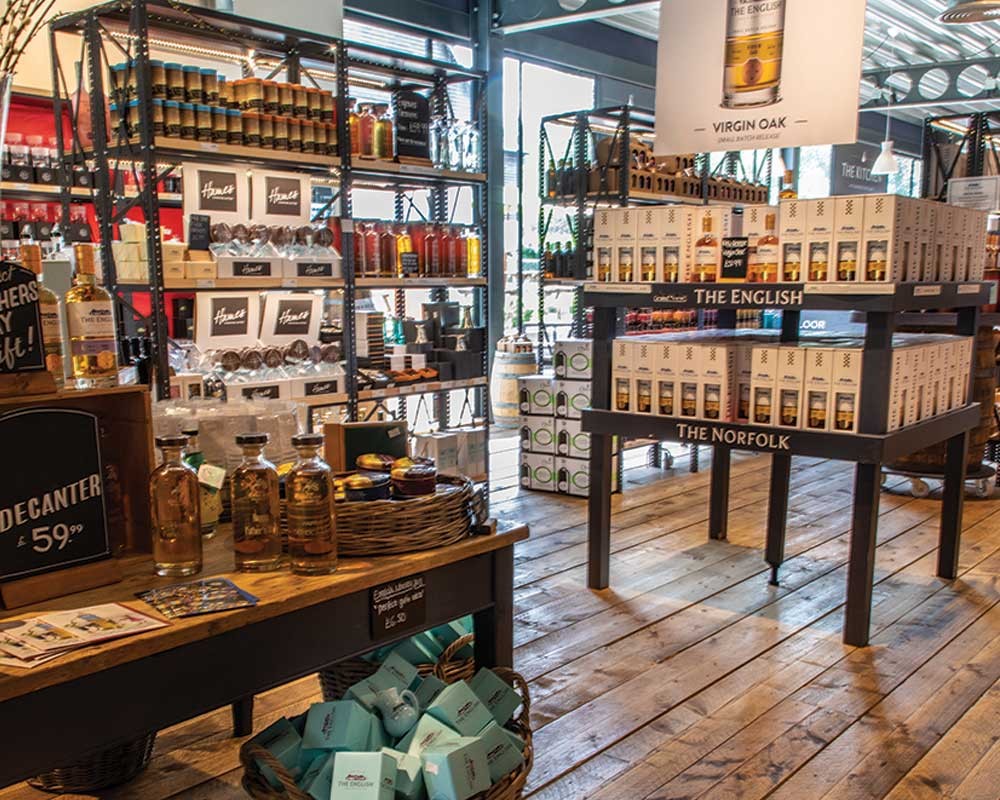
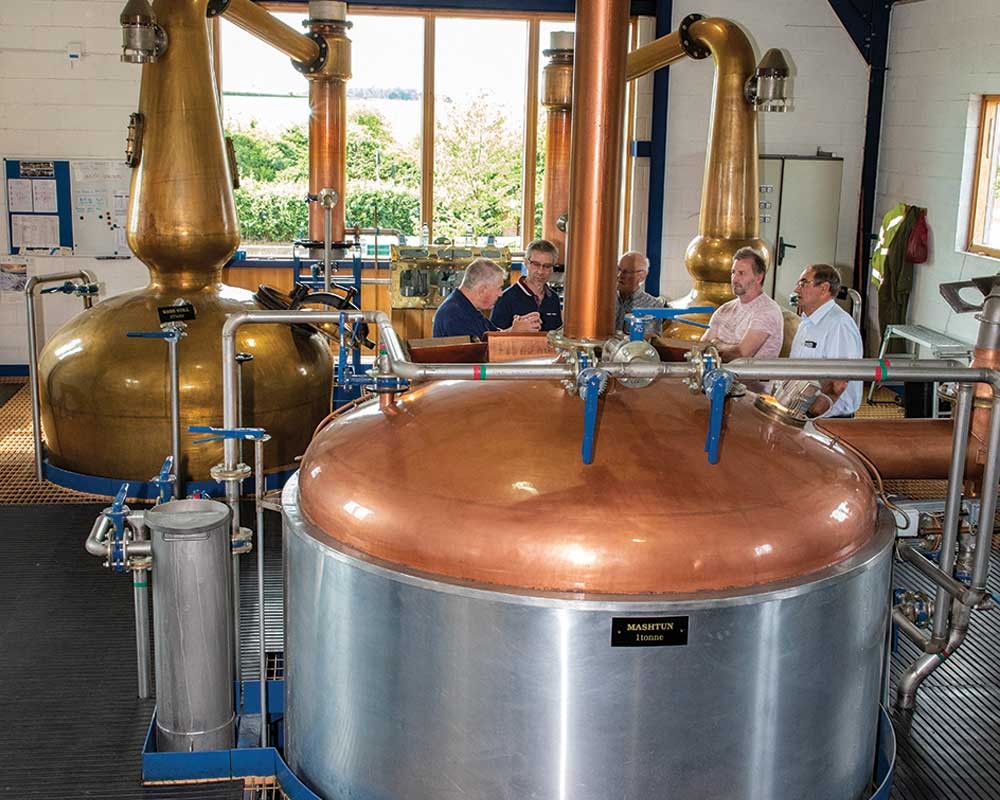
His father’s roots were very much in farming, but he was also an astute businessman and he has a genuine flair for mixing the two skills. James spent two years in Australia and introduced direct drilling, before returning to England and establishing the first ‘centre pivot’ irrigation system in the country.
When he reached his 60s, James was in no mood to retire – and decided to put into practice an idea he’d had for a long time; with so much knowledge about (and experience with) barley, surely they should start producing whisky!
“Father always wanted to open a whisky distillery and he was still talking about it in his 60s – so we said he should just go ahead and do it!” says Andrew. “He planned it as a micro-brewery at first, but when we looked into it there were rules in place stating that the copper stills had to be a minimum of 1,800 litres – so we ended up building a big distillery instead, and discovered it was the first new whisky distillery in England for over 100 years!”
Andrew had followed in his father’s footsteps and had been both a farmer and a businessman. He had a building company when the distillery was built (which came in handy!) and then got more involved with the distillery itself. James gradually stepped back from the business before sadly passing away in 2015.
“The English Whisky Company was doing really well at that point,” says Andrew, “so my father got to see his grand idea come to fruition.”
The business continues to go from strength to strength, and the tour of the distillery (which takes place daily every hour) is fascinating. Every drop of whisky is made by hand, from the barley being malted and milled to the final stage where the whisky is bottled. Guests can see and smell how grain is mixed with water and boiled to create a mixture known as ‘worts’ (which is much like Horlicks), and see yeast added to turn it into ale – which is then converted into a clear and very alcoholic whisky. Water is added and the whisky placed in casks to mature, a process that takes anything from five to 50 years.
“You can’t call it whisky until it’s been in a wood cask for at least three years,” says Andrew. “So while the business was set up in 2006, it wasn’t until 2009 that we released our first whisky.”
Interestingly, 70% of the flavour and 100% of the colour in whisky comes from the cask itself.
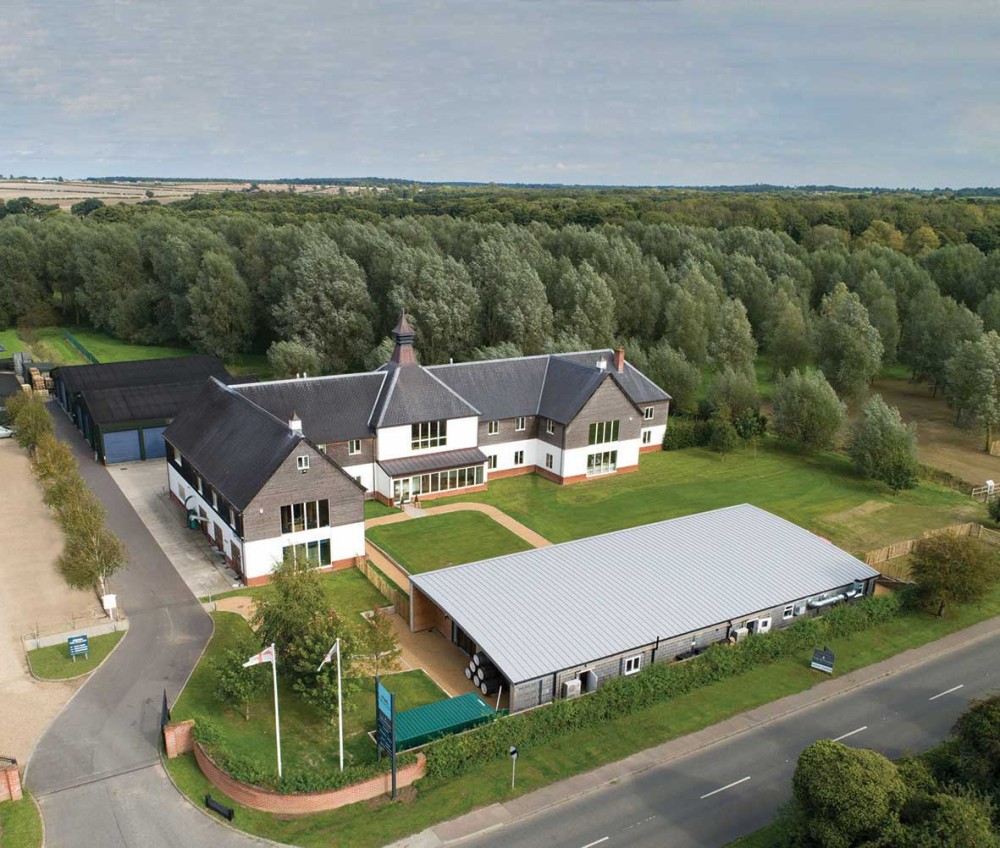
“Bourbon casks make a golden yellow whisky, sherry casks will make a dark brown whisky, and red wine casks make a pink whisky,” explains Andrew. “Cask selection can really make or break a whisky, but it’s something we’re very good at.”
Once matured, the whisky is bottled and sent off to be enjoyed around the world in no less than 23 countries!
It’s remarkable to think all this is on our doorstep. So, if you’re looking for a day out that’s a little different, or if you simply want to enjoy the delightful setting, a walk by the river, a meal or coffee, St. George’s Distillery is well worth a visit. You can even hold your work conferences there, so there really is something for everyone.
